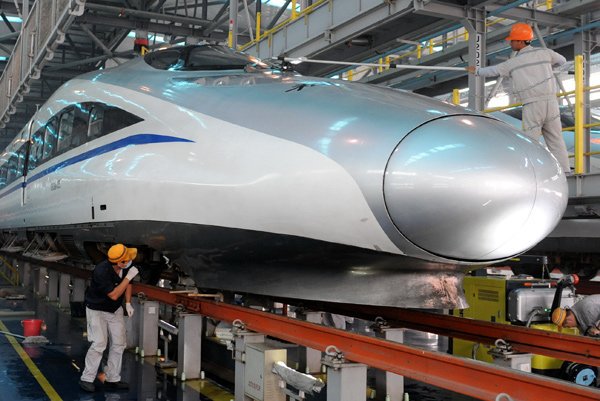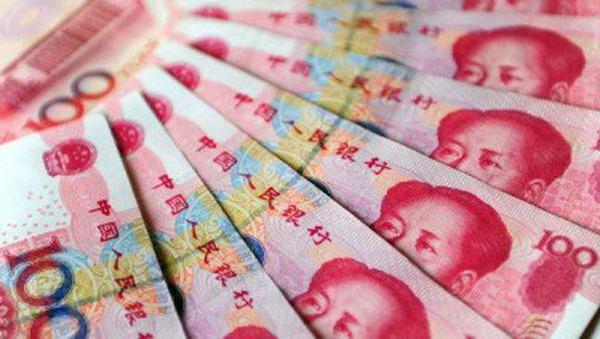Jura The idiot
General
now I read
China says last year’s GDP growth was worth more than Australia’s whole economy
China says last year’s GDP growth was worth more than Australia’s whole economy
- Beijing plays down concerns about a slowdown by highlighting the size and scale of its growth last year
- Per capita GDP close to US$10,000 benchmark after 6.6 growth rate last year
China’s added GDP last year exceeded the value of Australia’s total output, the country’s statistics agency said as it sought to highlight the country’s economic resilience.
In 2018, China’s economic growth rate slowed to the lowest level in 28 years – a fact that has fanned concerns about the country’s economic outlook.
In response Beijing is trying to direct attention to the absolute value of its growth and highlight the country’s ongoing role as the engine of the world economy.
Last year’s growth figure was still a healthy 6.6 per cent – well above those of the G7 economies – and China accounted for around 30 per cent of the worldwide increase in gross domestic product.
According to data compiled by the National Bureau of Statistics, the value of China’s economy, the second biggest in the world, reached US$13.6 trillion last year.
“China remains a source of power for the global economy,” Sheng Laiyun, a deputy head of the agency, wrote in an official “explanation” of China’s economic data last week.
“China’s additional economic output was worth US$1.4 trillion [last year], which is equivalent to the total economic size of Australia in 2017.”
Australia’s total output was US$1.32 trillion in 2017, according to the World Bank, which has yet to publish data for last year.
Last year China’s per capita income also reached 64,644 yuan, close to the benchmark figure of US$10,000, the official data showed. However, the per capita figure for Australia is more than five times bigger than that of China.
China also said its economic growth in 2018 was mainly driven by domestic consumption, which contributed 76.2 per cent of growth, while capital formation, or investment, contributed 32.4 per cent.
Net exports dragged down growth by 8.6 per cent.
China’s statistics bureau is playing a key role in Beijing’s campaign to rebut “negative” interpretations of its economic performance.
The government has been forced on the defensive in recent years as China has increasingly been seen as a source of economic risk rather than the poster child for development – concerns amplified by the ongoing trade war with the US.
Scepticism about the accuracy of China’s official data also remains a concern.
There is widespread suspicion that growth figures have been inflated for years despite the efforts of the national bureau to improve the accuracy of its statistics.
In video footage that was leaked last year, Xiang Songzuo, a Chinese economist, told an event at Renmin University that two “internal” reports suggested that the country’s actual growth rate could be just 1.67 per cent – or may even have gone into recession.
Calculation of China’s GDP in US dollar terms is based on the official exchange rate, which is heavily influenced by Beijing under a managed floating exchange rate system and a closed capital account system.


